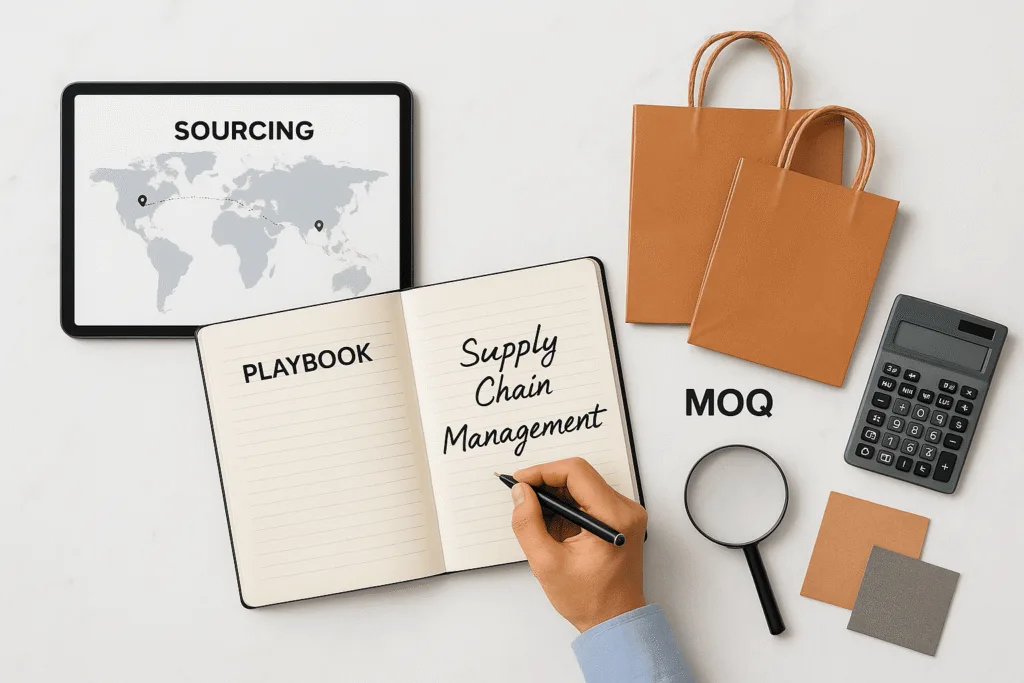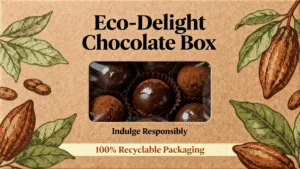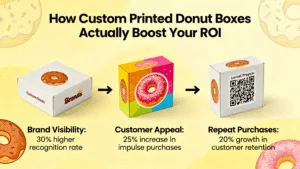You found a great price for your coated paper bags, but the final order arrived late, with inconsistent colors and weak handles. Now you’re stuck with subpar packaging that damages your brand’s reputation.
To master your supply chain, you must vet suppliers thoroughly, understand how Minimum Order Quantity (MOQ) affects your costs, map out realistic lead times, and implement strict quality checks at every stage, from raw materials to final inspection.
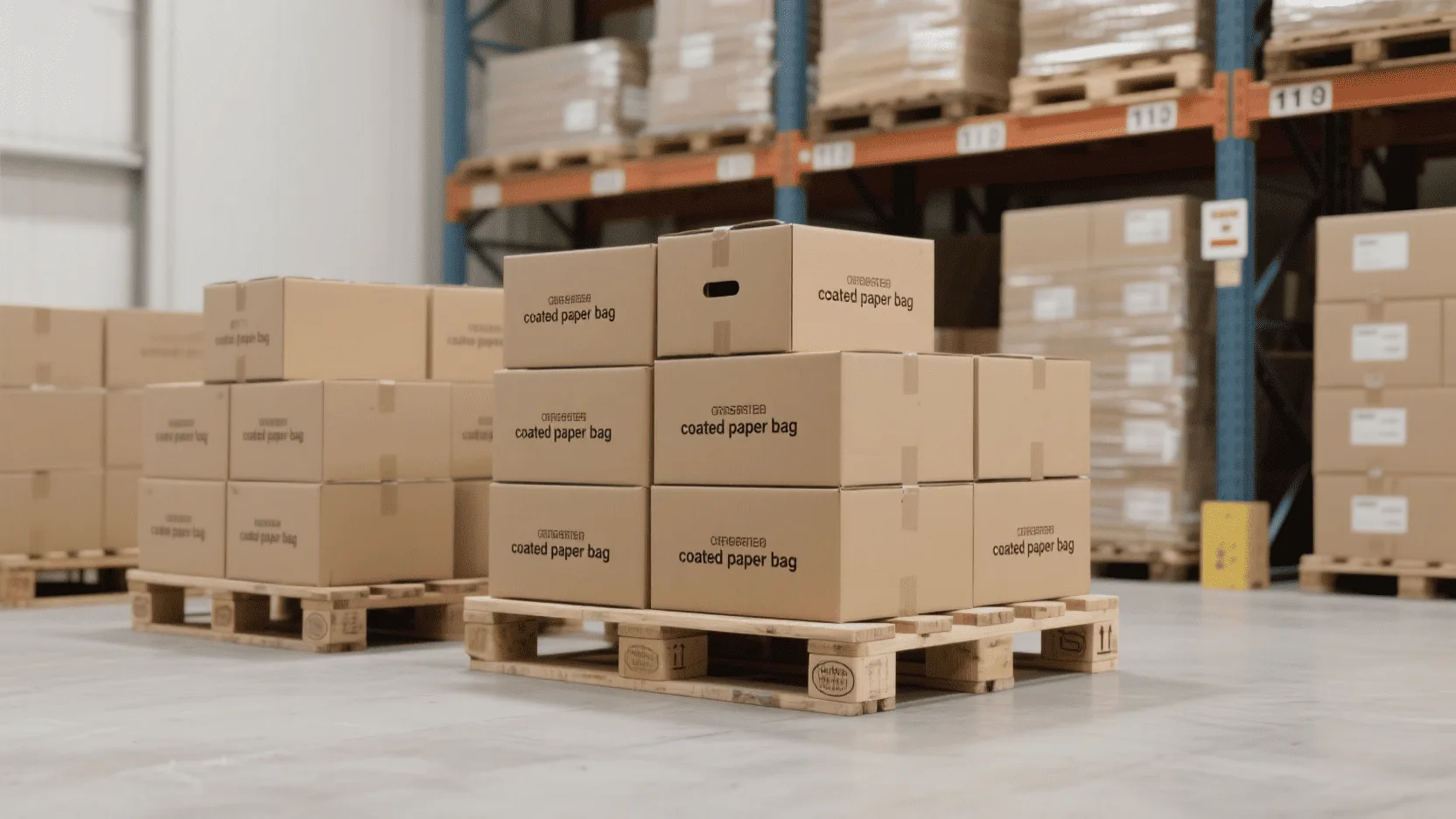
Managing a supply chain for custom packaging can feel like navigating a minefield. I learned this firsthand early in my career. A client wanted 50,000 intricate gift bags for a holiday promotion. We found a new supplier who promised an incredibly low price and a fast turnaround. It seemed too good to be true, and it was. The pre-production samples were perfect, but the bulk order was a disaster. The paper weight was wrong, the foil stamping was misaligned, and the glue was weak. We had to reject the entire shipment. It was a painful lesson, but it taught me that a reliable supply chain isn’t built on the lowest price; it’s built on trust, transparency, and a solid playbook.
You’re struggling to find a reliable manufacturer. You either face excessively high MOQs that tie up your cash, or you work with smaller traders who can’t guarantee quality or stable pricing.
Find the right partner by vetting their certifications (like FSC and BSCI), production capacity, and communication skills. Then, discuss your volume needs openly to find a flexible MOQ that aligns with both your budget and their production efficiencies.
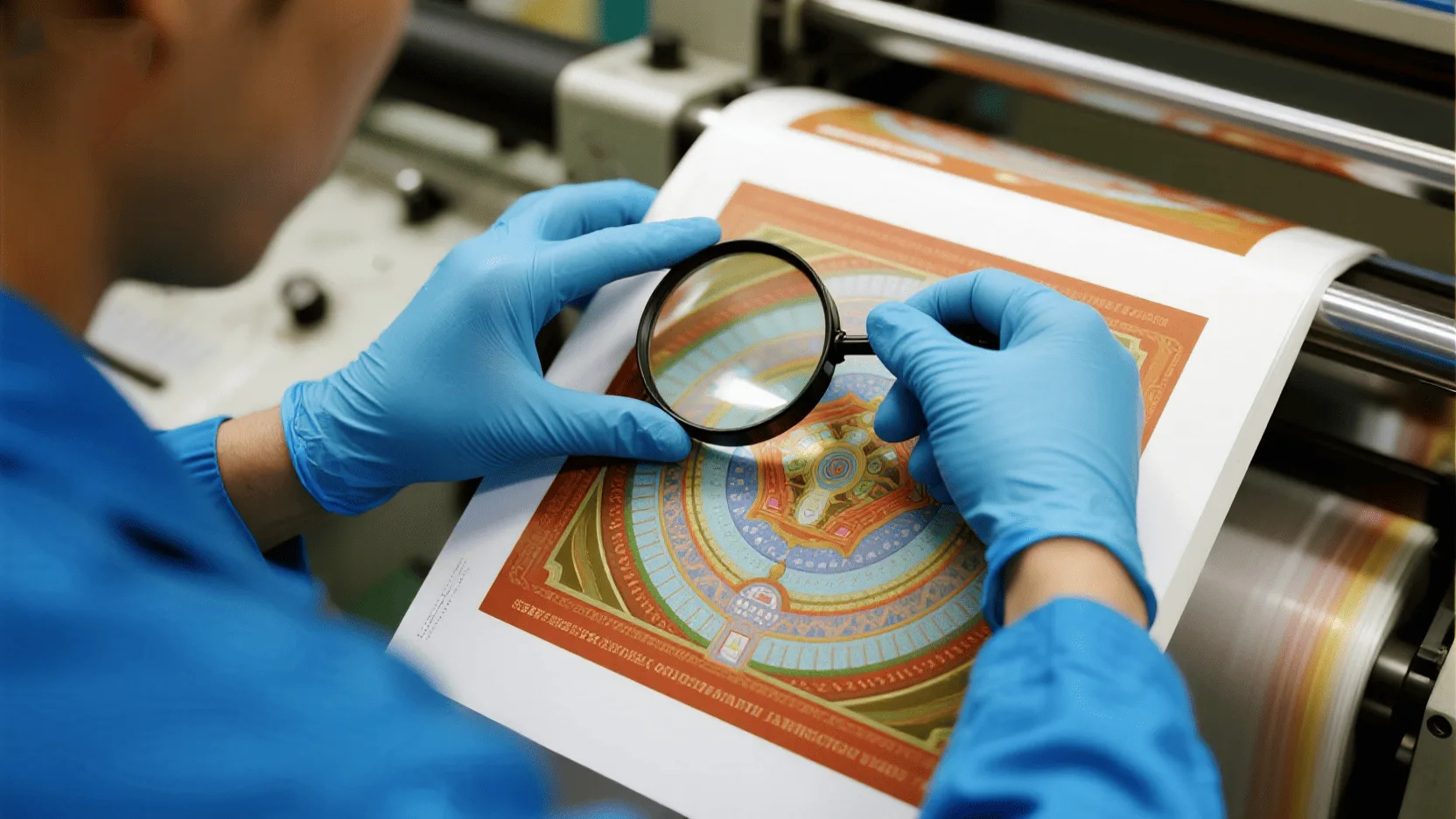
Sourcing isn’t just about finding the cheapest quote; it’s about finding the right partner for your brand. A great supplier acts as an extension of your team. When you’re looking for someone to produce your coated paper bags, you need to look beyond the price list. Ask about their certifications. Are they FSC certified, ensuring the paper comes from responsibly managed forests? Do they have a BSCI audit, proving they adhere to ethical labor practices? These aren’t just logos on a website; they are indicators of a professional and responsible operation. From my experience, a supplier’s willingness to be transparent about their processes is a huge green flag.
Then there’s the topic of Minimum Order Quantity, or MOQ. For factories, MOQs exist because of the high setup costs for each run. Changing printing plates, mixing custom inks, and calibrating die-cutting machines takes time and materials. These fixed costs become more manageable when spread across a larger order. However, a good partner will work with you. If their standard MOQ is 5,000 units but you only need 3,000, ask if they can combine your run with another job using similar materials. Sometimes, being flexible on the delivery date can also help them fit your order into their schedule, allowing for a lower MOQ. It’s a negotiation, and a supplier who values a long-term relationship will be willing to have that conversation.
Comparing Supplier Types
| Supplier Type | Key Characteristics | Best For | Potential Risks |
|---|---|---|---|
| Direct Factory1 | Full control over production, better pricing on high volume, high MOQs. | Brands needing large volumes and deep customization. | Communication can be difficult; less flexibility on small orders. |
| Trading Company2 | Lower MOQs, consolidates products, manages communication. | Startups and SMEs needing flexibility and smaller quantities. | Higher unit cost, less control over production quality. |
| Full-Service Partner | Offers design, sourcing, QC, and logistics under one roof. | Brands wanting a hands-off, one-stop solution. | Can be the most expensive option, but offers the most security. |
How Do You Accurately Predict and Manage Lead Times?
Your packaging always arrives late. These unpredictable delays disrupt your product launches, cause stockouts, and create constant stress, forcing you to pay for expensive air freight to meet deadlines.
To manage lead times, create a detailed timeline that separates pre-production, manufacturing, and shipping. Build in buffers for potential delays like holidays or customs inspections, and maintain clear communication with your supplier throughout the process.
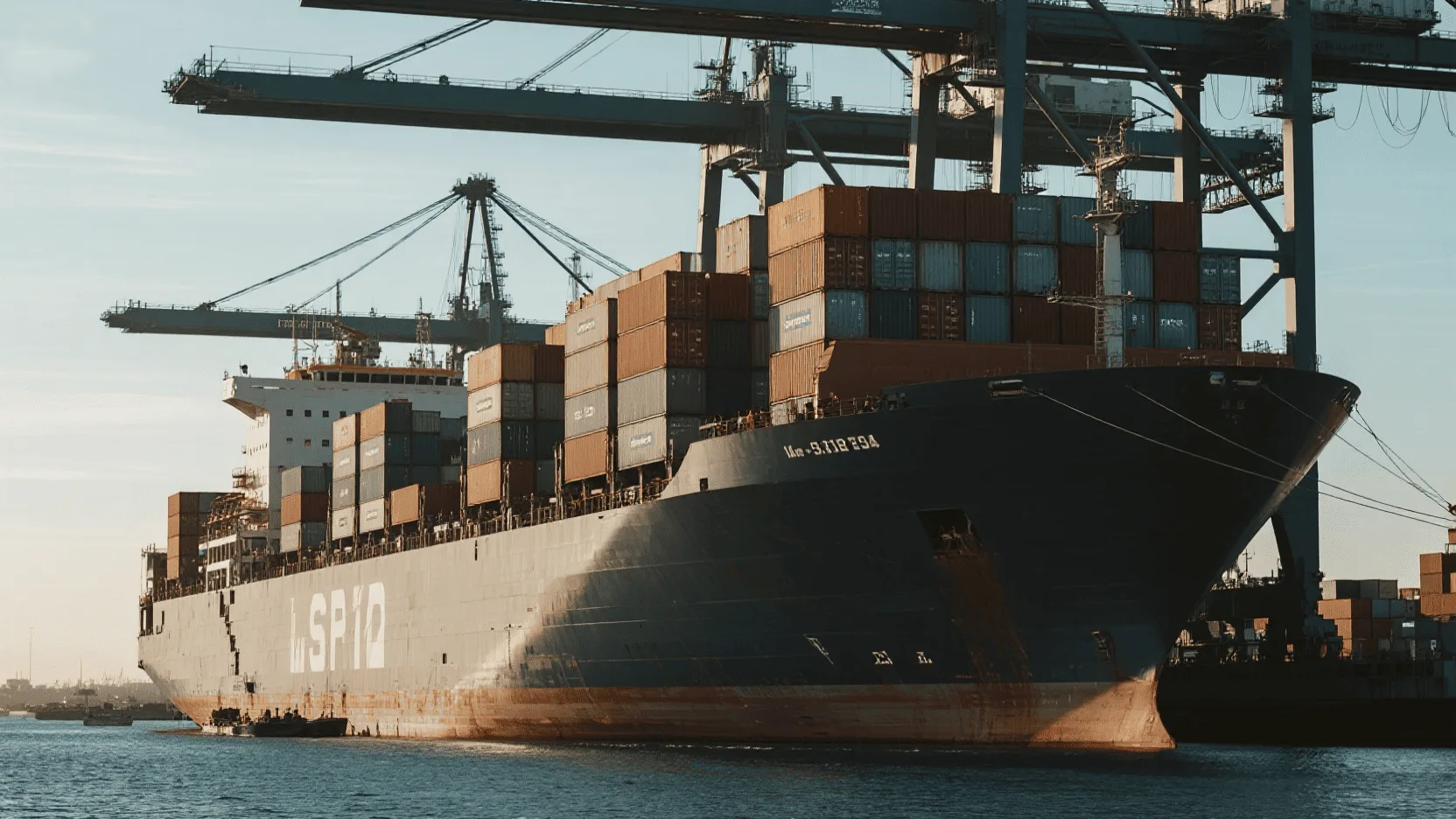
"How long will it take?" This is one of the most critical questions in any production order. The answer is more complex than just the manufacturing time. A complete lead time forecast must account for every step, from design approval to final delivery. A few years ago, we were producing a large order of cosmetic packaging for a European client. Everything was on schedule until the shipping phase. A typhoon in the South China Sea caused a port closure, delaying the vessel by over a week. Because we had built a 10-day buffer into our logistics plan, the client still received their order before their hard launch date. Without that buffer, it would have been a crisis. The global supply chain has become increasingly volatile, with port congestion and vessel shortages now common. According to a report by Sea-Intelligence, container ship schedule reliability has been fluctuating dramatically, sometimes dropping below 40% (Source). This means you can’t take shipping estimates for granted. You must plan for the unexpected.
Your total lead time is a sum of several distinct phases. First is Pre-production (1-2 weeks), which includes finalizing the design, creating die-lines, color matching, and approving physical samples. Don’t rush this step; a mistake caught here saves a fortune later. Next is Mass Production (3-5 weeks). This is when the paper is printed, laminated, die-cut, folded, and assembled. The time varies based on the complexity of your finishes, like embossing or hot stamping. Finally, there’s Logistics (4-7 weeks for sea freight). This includes trucking to the port, customs clearance in the country of origin, ocean transit, customs clearance at the destination, and final delivery to your warehouse. Always confirm production timelines around major holidays like the Chinese New Year, as factories shut down for several weeks.
What Are the Non-Negotiable Quality Checks for Coated Paper Bags?
You received your order, but the bags are falling apart. The handles detach, the seams split, and the print scuffs easily, leading to customer complaints and a perception that your entire product is low-quality.
Implement non-negotiable quality checks for material specifications (GSM, brightness), printing accuracy (Pantone matching, registration), construction integrity (glue adhesion, handle strength), and final random inspections before shipment to guarantee consistent quality.
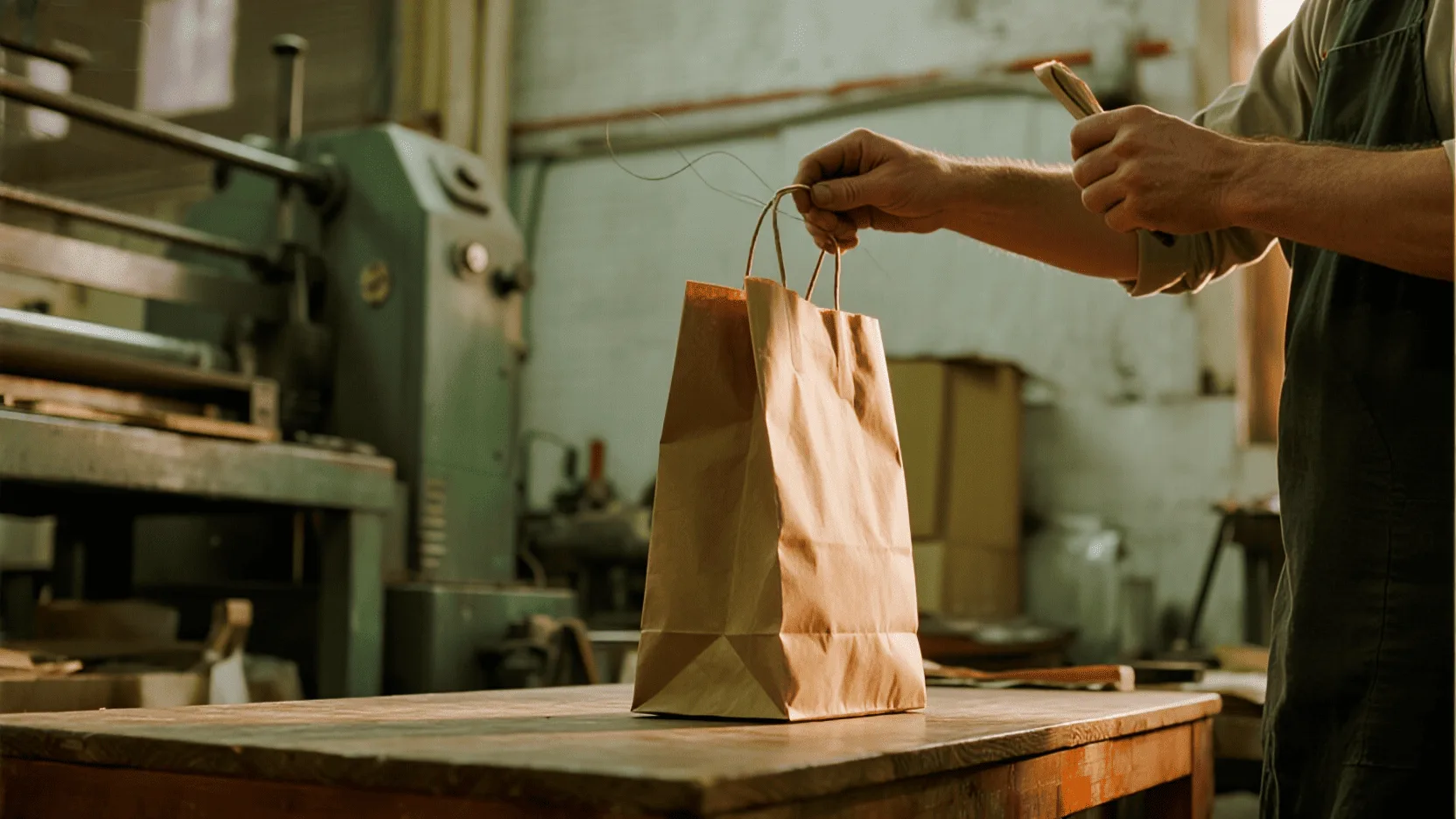
Quality control isn’t something that happens only at the end; it’s a process that must be integrated into every stage of production. You can’t just hope for the best. You need a systematic approach to ensure every bag meets your standards. I always insist on a "golden sample"—a pre-production sample that is approved by the client and signed by both parties. This sample becomes the benchmark against which the entire production run is measured. During production, we perform checks at key milestones. For example, after the first few hundred sheets are printed, we pull them off the line and compare them directly to the Pantone color swatches and the golden sample under controlled lighting. This ensures color consistency before we commit to printing thousands more.
Here are the critical checkpoints we use at our company:
1. Raw Material Inspection
Before any printing begins, we inspect the paper itself. We verify the Grams per Square Meter (GSM)1 to ensure the right thickness and weight. We also check the paper’s brightness and coating consistency, as this directly affects the final print quality.
2. In-Process Print & Finish Checks
As mentioned, we check print colors early and often. We also inspect the application of finishes. For hot stamping, is the foil applied cleanly with no blackening? For embossing, is the depth consistent across all units? For lamination, are there any bubbles or peeling? These checks prevent small errors from multiplying into big problems.
3. Construction & Assembly Tests
A beautiful bag is useless if it falls apart. We perform regular tests on the assembly line. This includes pull tests on the handles to ensure they can hold the specified weight and checks on all glued seams to confirm strong adhesion. For our food packaging, we ensure any adhesives used are food-safe.
4. Final Random Inspection
Before the order is packed for shipment, we conduct a final random inspection based on AQL (Accepted Quality Limit) standards. We pull a random percentage of bags from the finished batch and give them a full review—checking everything from dimensions and print quality to construction and cleanliness. This is your last line of defense against shipping a defective order.
Conclusion
A successful coated paper bag order relies on a solid supply chain playbook. By mastering supplier vetting, understanding MOQ, planning for realistic lead times, and enforcing strict quality checks, you transform sourcing from a liability into a competitive advantage, ensuring your packaging elevates your brand every time.
Ready to build a reliable supply chain for your packaging? Contact us to see how our expertise can help.
Check out our guide on Print, Finish, and Premiumization for more design insights.
FAQ
What is a reasonable MOQ for custom coated paper bags?
A typical factory-direct MOQ for custom coated paper bags starts around 2,000 to 5,000 units. This number can vary based on the bag’s size, complexity, and the supplier’s production capacity. Smaller quantities are often possible through trading companies or with a willingness to accept a higher unit price.
How can I reduce my lead times?
The best way to reduce lead times is to be decisive during the pre-production phase. Approve your designs and samples quickly. You can also opt for air freight instead of sea freight for a portion of your order to get products faster, though at a significantly higher cost.
What is the single most important quality check?
While all checks are important, the strength test for handle and bottom gluing is arguably the most critical from a functional standpoint. A bag that breaks is a complete failure. From a branding perspective, accurate color matching during the printing check is vital for maintaining brand consistency.

